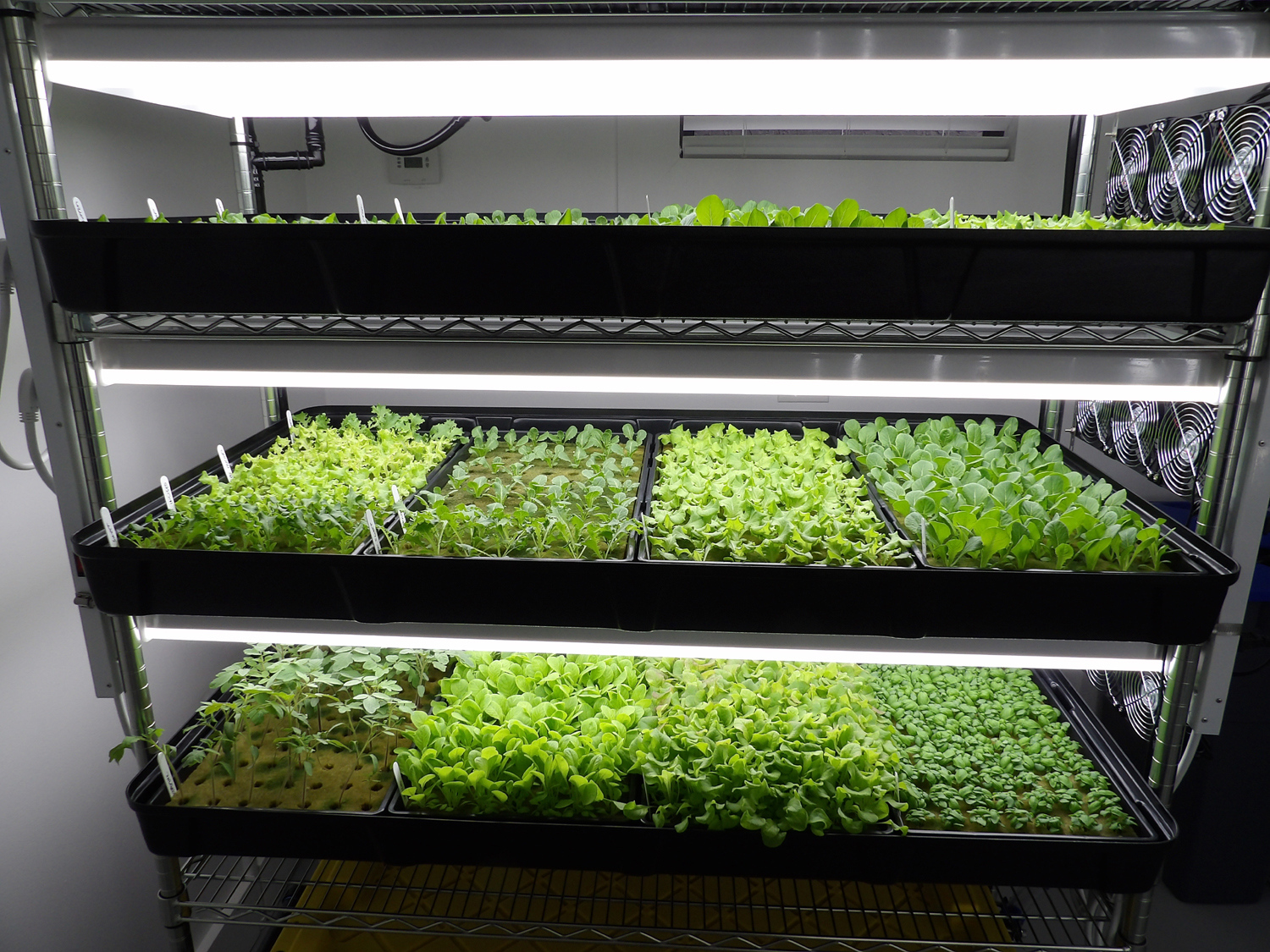
Over the years, research on antioxidants, as potential therapeutic agents to prevent free radical generated damage in the human body, has gained popularity. Antioxidants of natural origin, compared to the synthetic antioxidants present in the market, have attracted considerable attention by consumers and by researchers since there is concern of synthetic antioxidants consumption due to their instability and possible activity as carcinogens [1–3]. In recent years, consumption of vegetables and fruits in the average diet has been highlighted for its contribution towards lowering the risks of several life-threatening diseases such as coronary heart disease, stroke, pulmonary disease, and different types of cancer [4–13]. The benefits are due to the presence of polyphenols, flavonoids, carotenoids, and vitamins [14–16]. Of these phytochemicals, polyphenols are largely recognized as anti-inflammatory, antiviral, antimicrobial, and antioxidant agents [14]. The concentrations of phenolic and other secondary metabolites in fruits and vegetables are influenced by many factors, including soil, irrigation, and climatic conditions. Soil cultivation of crops may also result in year-to-year variability in the composition of phytochemicals and in total yield [17]. Hence, there is an increased interest in hydroponic/aeroponic cultivation, which has several advantages over traditional soil cultivation including less contact with soil or dust (if grown outdoor). Therefore, there is less chance of contamination through pest and soil-borne pathogens [18, 19]. Furthermore, indoor hydroponic/aeroponic cultivation provides a better control on the quality of the produce in terms of secondary metabolites and crop yield through a complete control on the nutrient supply. Indoor cultivation carried out under the control and optimized environmental conditions can further maximize the yield of the product and also eliminate the problems linked to fluctuations in the outdoor weather conditions. In the present study, the attempt has been made to evaluate the difference, if any, in quality and quantity of produce between the crops grown in hydroponic/aeroponic systems and in soil.


